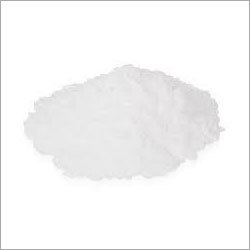

This assessment can be informed by air monitoring results and health monitoring reports. The assessment looks at the likelihood, consequence and outcome of the risk. To assess the risk of exposure to silica dust from a task, the PCBU should examine the work processes used with silica or silica containing products. The Work Health and Safety Act 2011 requires persons conducting a business or undertaking (PCBUs), in consultation with workers, to identify hazards, assess risks and implement practical controls to protect workers’ health and safety. Occupations and tasks that can lead to Silica exposureįor further information on what occupations and tasks can lead to silica exposure read here at Silica occupations and task exposure. Many of the diseases caused by silica dust have a long latency, which means it takes years for the effects to be felt or seen.

This cutting generates respirable crystalline silica, or silica dust, that can become airborne and then breathed in by workers and others at the workplace. It becomes a risk to workers when the products and materials it is in are modified using power tools. Silica hazardsĬrystalline silica is a hazard at the workplace.

The reforms include regulatory changes for managing the risks of crystalline silica in the workplace. The ACT Silica Dust Action Plan has outlined work health and safety reforms for silica dust. The very fine portion of the dust that is generated is known as respirable crystalline silica or silica dust. When natural stone or rock and other silica containing products are cut, crushed or sanded, dust is released. Silica is found in some stones, rocks, sand, gravel and clay. The most common form of silica is quartz. Silica can be found or manufactured in different forms, broadly divided into crystalline and non-crystalline (amorphous). Silica is a common naturally occurring mineral, also known as silicon dioxide.


 0 kommentar(er)
0 kommentar(er)
